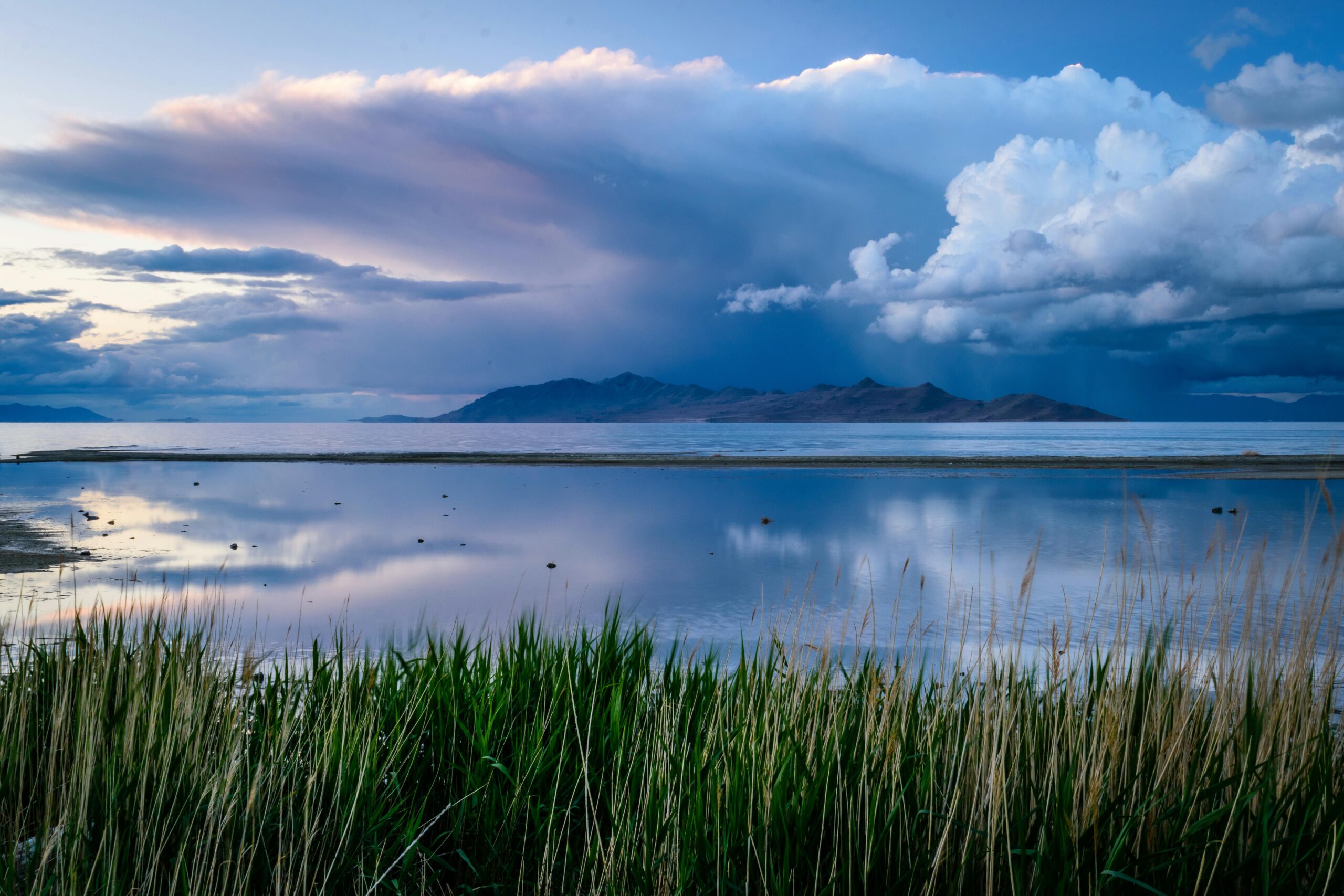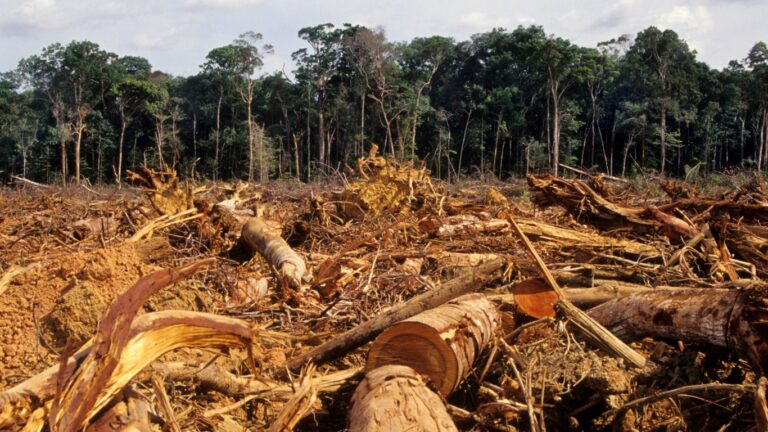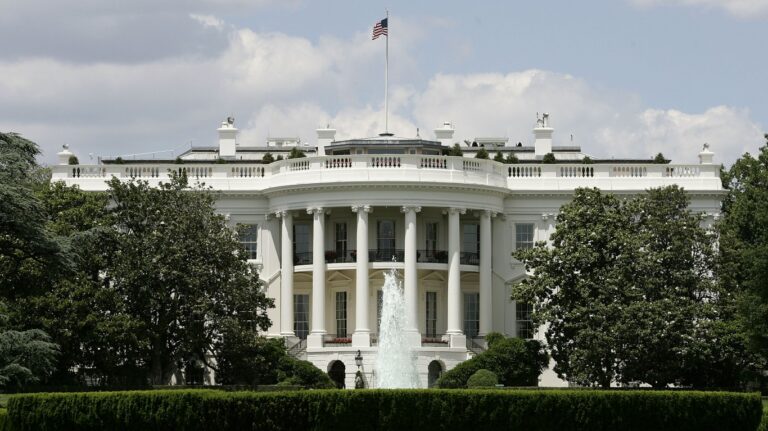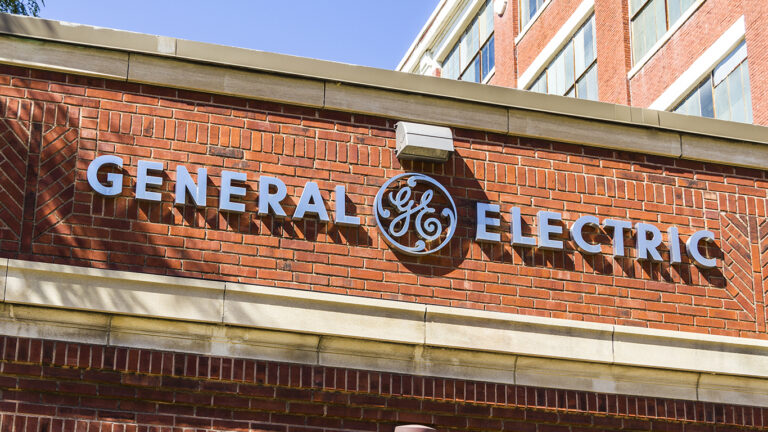Humans Set Wildfires On Purpose –Climate Crisis AM Edition 4/15/24

A new report from the Debt Relief for Green and Inclusive Recovery (DRGR) Project titled “Report: Defaulting on Development and Climate – Debt Sustainability and the Race for the 2030 Agenda and Paris Agreement” shows that 47 emerging market and developing economies with an aggregate population of more than 1.11 billion could become insolvent in the next five years as they try to increase their investments to reach meet climate and development goals. The reports looked at 66 emerging market and developing economies. The authors of the report wrote, “Not meeting these goals will have tragic impacts on the lives of present and future generations; yet, emerging market and developing economies (EMDEs) are facing conditions that inhibit their ability to mobilize investment, including historic levels of external debt, higher interest rates and low growth prospects to 2030.” Climatecrisis247 believes these are not the only countries that will strain financially to meet the 2030 goals. Many countries cannot hit 100% of their targets. The news is bad because it shows that global financial capacity, even with successful contributions from the world’s richest nations, is such that reaching the worldwide 2030 target is nearly impossible.
EV News –Dead Zones Hurt Sales
Legal Problems –Cities And States Sue Big Oil
Burning land to create areas that stop the spread of wildfires has met with some resistance, even though it has shown promising results. Inside Climate News reports, “Before modern firefighting and fire suppression techniques, fires across forests and grasslands were a part of the Earth’s natural cycles. Prescribed burning is an ancient technique still practiced by some Native Americans.” These burns could protect much of the land in America’s west that has already been badly damaged by wildfire. Some landowners face friction from others because of the potential spread of the planned fires. This, in turn, has cut down the effectiveness of the programs. Climatecrisis247 believes this is another case in which one portion of the population views solutions to the climate crisis differently than others. This, in turn, can slow practices that could help large parts of the US and other countries.
$25 Trillion In Real Estate
The Economist reports that climate change could 9% of the value of housing across the world by 2050. The price tag for this is $25 trillion. Climatecrisis247 believes this process is already well underway in the US, as is the battle for who pays for climate disasters that damage private property. One place where the problem is most severe is Florida, where massive storms and flooding have driven up the price of home insurance. In some parts of coastal Florida, private insurance is unavailable.
Great Salt Lake Goes Away
Although there has been some rain in Utah, The Great Salt Lake could dry up entirely in the next several years. According to NPR, “Scientists say the West is believed to be as dry as it’s been in 1200 years. The megadrought made worse by climate change has been contributing to the Great Salt Lake’s decline. But agriculture usually bears the bulk of the blame. Upstream water diversions for expanding alfalfa farms and dairies has meant less and less flows into the lake.” Climatecrisis247 believes this is only one of several areas where agriculture contributes to climate change. Agriculture uses about 80% of the water in California. Several studies show that 20 large farms and ranches in California use as much water as some states do. Additionally, algae choke parts of Lake Erie because of fertilizer and manure runoff from area farms.






